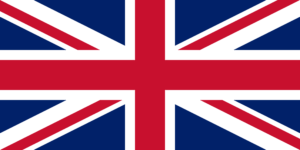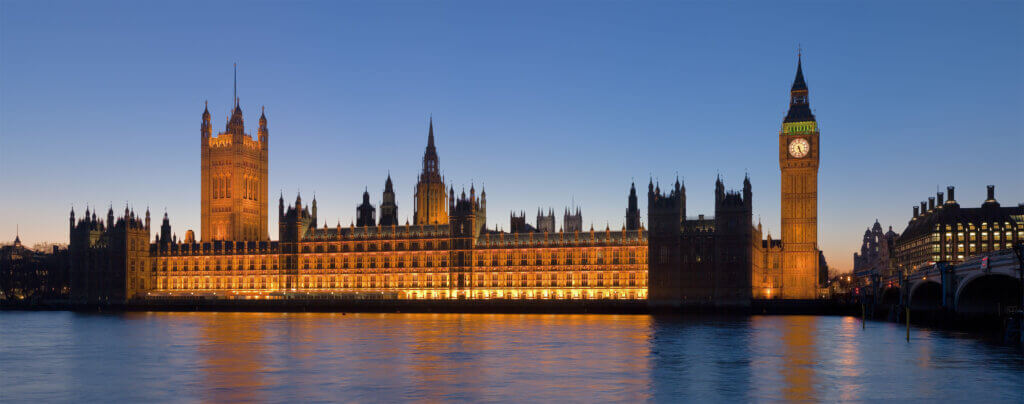The United Kingdom, also known as Great Britain, is a country in Europe with a population of 1.3 billion people. It is made up of 4 countries put together: England, Wales, Scotland and Northern Ireland. The UK has the 5th largest economy in the world.
Country Profile

Population: 67 million
Land mass (square miles): 93,628
Capital city: London, Cardiff (Wales), Edinburgh (Scotland), Belfast (Northern Ireland)
Official languages: English, Welsh (Wales) and Celtic (Scotland)
Religion: Christianity
Currency: Pound Sterling (£)
Leader: Keir Starmer
Physical geography
The UK is an island with a population of 67 million people (2011). It shares a land border with Ireland. Countries near the UK include France, Norway, Belgium and the Netherlands.
Plants and animals
The UK has a wide variety of wildlife habitats including forests and grassland. Animals that can be found include deer, squirrels, badgers, bunnies and foxes. Forests make up 12% of land in the UK.
Economy
Finance
The UK has a large finance sector, most of it based at the Docklands in Central London. Some of it’s largest banks have offices here, including HSBC, Barclays and Citibank.
See if you can spot any of the banks in the picture below:

Tourism
Tourism is a large part of the UK economy, generating £100 billion in England alone in 2019. The UK has many landmarks, some of which are mentioned below. Most people visit Britain to see famous landmarks in London, but there are other landmarks across the UK, including:
- Stonehenge in Wiltshire
- The Beatles’ Childhood Home in Liverpool
- the Lake District and Beatrix Potter’s home in North-West England
- Stirling Castle in Scotland
- Snowdonia in Wales
Film and TV show production
The UK has a long history of making popular films and TV shows, including Doctor Who, the Harry Potter films, and Downton Abbey. Recently, many American entertainment companies have been buying and building new studio space in the UK.
Landmarks
Big Ben
Big Ben refers to the clock tower next to the House of Parliament in London. (Although Big Ben is actually the name of the famous bell inside the tower!) The clock tower had finished being built in 1859.

Stonehenge
Stonehenge is a landmark that was made in the Stone Ages. We don’t know why it was built, but some historians think that it was made as an ancient clock. The position of the sun is used to tell what time of year it is. Twice a year, in June and December (when the longest and shortest days of the year are) hundreds of people flock to Stonehenge to see the sun rise.

Buckingham Palace
Buckingham Palace is where every king and queen since 1837 has lived. The royal family sometimes stand on the balcony and wave to the crowds gathered outside the palace gates.


Lake District
The Lake District is a national park in the North West of England. It was home to one of the world’s most famous children’s authors: Beatrix Potter. Millions of tourists visit the Lake District each year for it’s natural beauty.

Politics
UK Parliament
The UK Parliament is the highest parliament in the UK. It makes laws for everything (except for areas that have been given to other parliaments.)
Within the Houses of Parliament, there are 2 chambers: the House of Commons and the House of Lords. The House of Commons has 650 MPs elected every 5 years to represent their local area. All of the UK government is selected from the House of Commons, including the Prime Minister.
Lords are appointed by an independent committee based on their expertise in a certain subject. Some people think that the House of Lords should be elected like the House of Commons.
Other parliaments
As well as the UK Parliament, there are 3 other parliaments in Wales, Scotland and Northern Ireland. They make laws on some things that affect the country. Some parliaments have more power than others. The Scottish parliament has powers to raise some taxes, whilst the Welsh and Northern Irish parliaments don’t.